A scalable method for fabricating electronic whiskers (e-whiskers)—a class of electronic skin—for sensing a variety of external stimuli, including proximity, texture mapping, surface roughness, material stiffness, force, and temperature.
![3D e-Whiskers for Complex Sensing Applications [Video]](https://www.advancedsciencenews.com/wp-content/uploads/2018/03/adma201706733_ASN_image.png)
![3D e-Whiskers for Complex Sensing Applications [Video]](https://www.advancedsciencenews.com/wp-content/uploads/2018/03/adma201706733_ASN_image.png)
A scalable method for fabricating electronic whiskers (e-whiskers)—a class of electronic skin—for sensing a variety of external stimuli, including proximity, texture mapping, surface roughness, material stiffness, force, and temperature.

The iridescence of Nicobar pigeon plumage is put under the microscope.

Hydrogen is now rapidly developing as a renewable fuel for both stationary and transport applications.
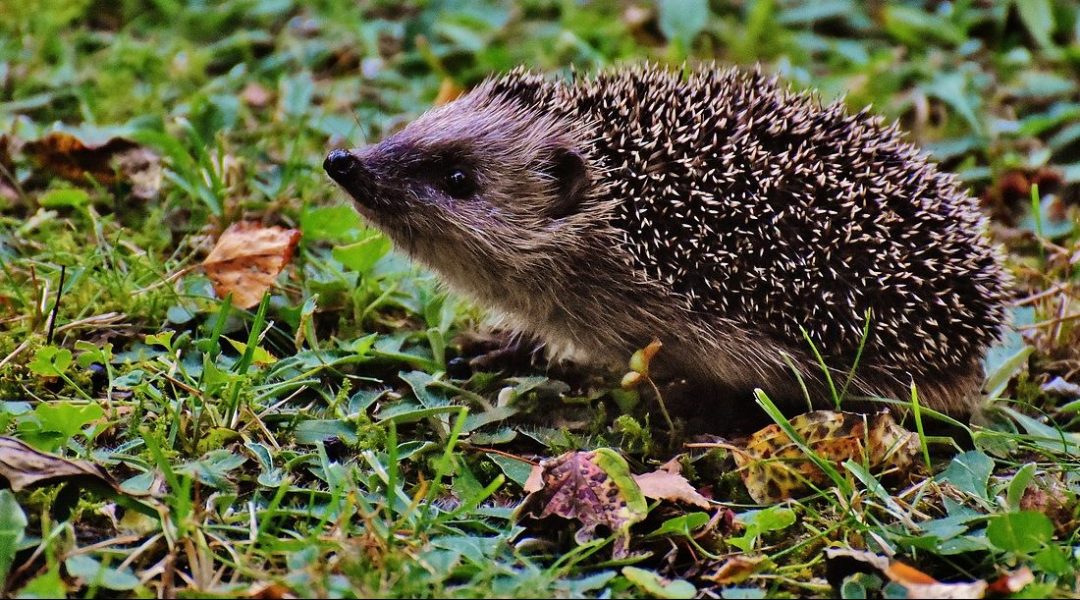
A broadband visible-light-driven photocatalytic SERS platform with the CuO nanowires (NWs)/Cu2O hetero-nanostructures as the backbone.

Various approaches for converting CO2 and H2O to liquid hydrocarbons using solar energy involve electro/photo/thermochemical catalytic processes and combinations thereof exist.

Graphene sensors with high-resolution features are produced on flexible tapes for wearable electronics via a simplified drop-cast-and-transfer process.
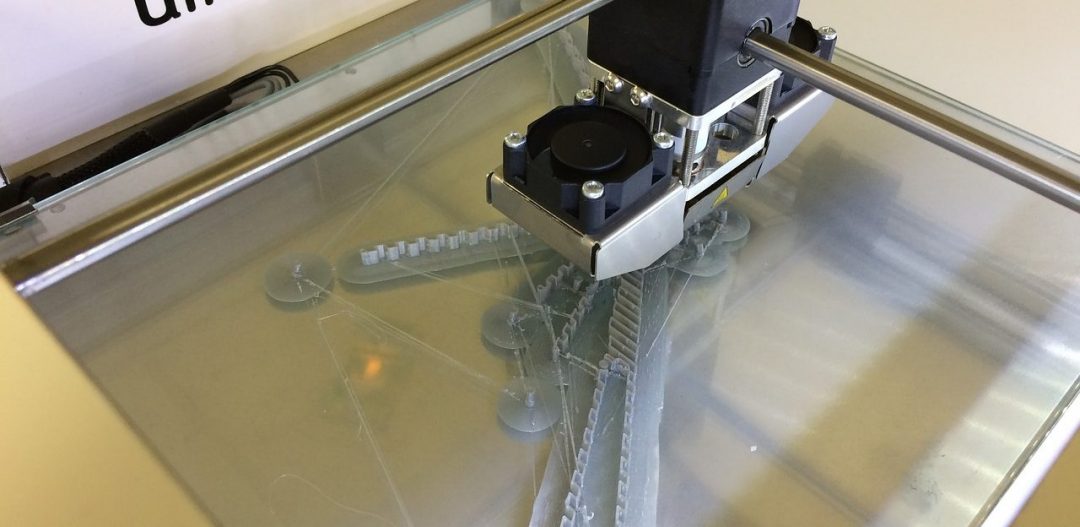
A team or Irish researchers evaluated the use of a barrel atmospheric plasma system for the treatment of the polymers acrylonitrile butadiene styrene and polylactic acid polymer particles used in 3D printing.
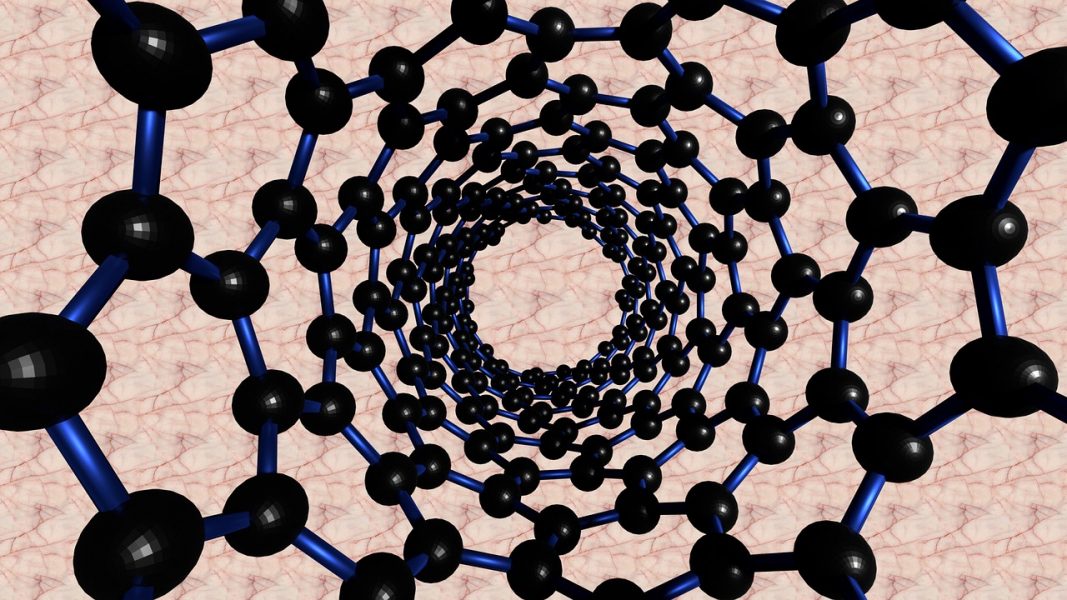
Carbon nanotube surfaces as ultrafast electron sources could influence the next generation of attosecond science and light-wave electronics research.
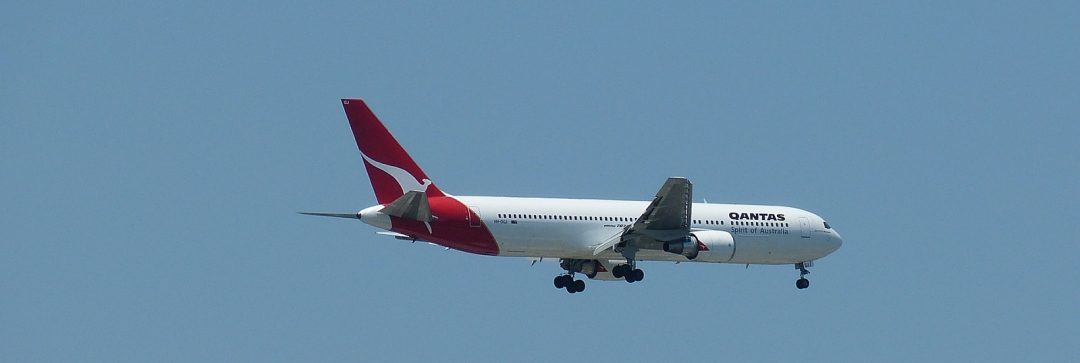
Qantas used biofuel processed from a non-food, industrial type of mustard seed for a historic trans-Pacific 15 hour flight saving 18 000kg in carbon emissions.
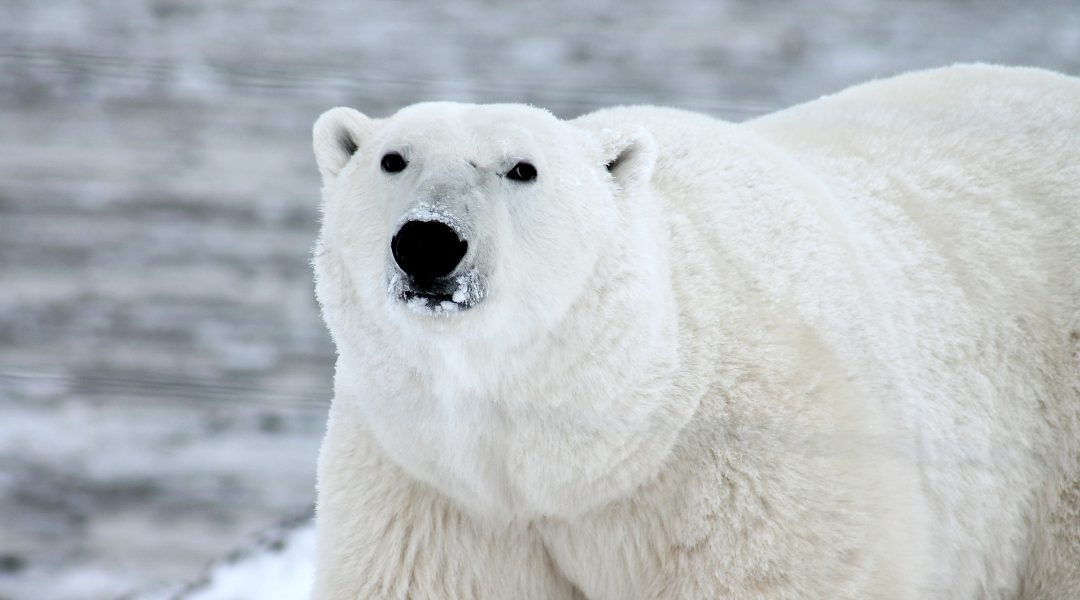
Replicating the hollow structure of polar bear hairs allows an insulating material to provide thermal management with stealth applications.